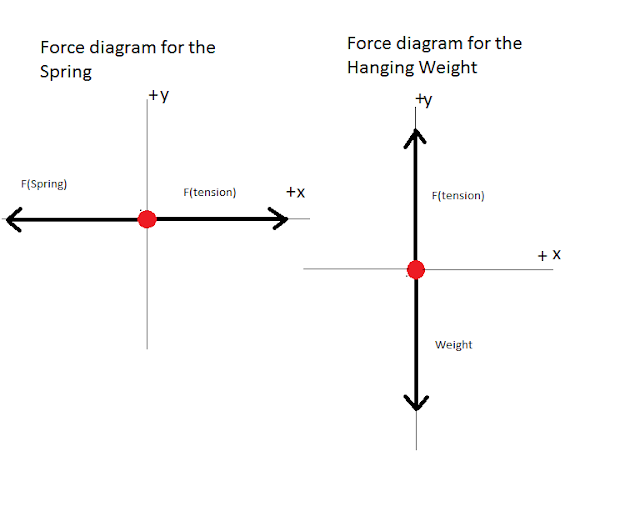
Such as the definition of linear and angular velocity can be remembered easily because you already know what exactly it means. Once the students have understood the concept of linear velocity and angular velocity in a good manner then other things become pretty easy. That is to say, along with the definition, the explanation is also given.
#CENTRIPETAL FORCE IN RELATION TO RADIANS PERSECOND FREE#
But still, there are some relations between the two as well, and hence Vedantu provides the same to the students for completely free of cost.Īlso, sometimes students may find the concept of linear velocity and angular velocity a little difficult to understand, hence Vedantu provides the explanation of the same in a simple and lucid language.

The concept of linear velocity and angular velocity does seem completely different by learning the definitions of it. And the same goes for the definition of linear Velocity and Angular Velocity.

And the best way of having that effective vocabulary is by having the definitions and the meaning of the terms available. To understand science better it is very important for the students to have a clear understanding of the words and the terms used in science, which is to say the students must have a good scientific vocabulary. The symbol for the linear velocity is a simple English letter, which is “v”įor measuring the Angular Velocity, the units used are degrees and radians.įor measuring the linear velocity, the unit used is m/sĪdvantages of having the Definitions, along with the relations, of the linear and angular Velocity The symbol for the angular velocity is taken from the Greek alphabet which is “ω” And sometimes, “Ω”

This is to say, it is important for the science students to know the definitions of the term because it makes the meaning very clear and also in a concise manner. This is comparable to the linear vertical motion of an oscillating mass projected onto a spring.For the students of science subjects, it is very much important to know the terms exactly.

Its x-axis projection is subject to simple harmonic motion. Summary: Uniform circular motion occurs when a point P moves on a circular route with a constant angular velocity. Linear acceleration is the product of angular acceleration (∝) and the radius, or the displacement of the particle, from its central position. Where a is the linear acceleration of the body. If it performs 50 oscillations in 35 seconds, calculate A loaded tube of 2.5kg mass placed in a liquid of density 9.5g/cm -3 was made to oscillate vertically when slightly pushed down.


 0 kommentar(er)
0 kommentar(er)
